|
Creature Feature by Samir Gulati
Taxonomía- La iguana de casco (Corytophanes cristatus) son un lagarto iguánido del género Corytophanes (basiliscos con casco) y de la familia Corytophanidae (lagartos con cabeza de casco). Historia natural- Iguana de casco se encuentra en las selvas tropicales desde el sur de México, pasando por Centroamérica, hasta el noroeste de Colombia. Esta especie arbórea es un depredador único con una dieta especializada en grandes artrópodos que miden hasta la mitad de su tamaño. Aunque pasan la mayor parte de su tiempo posados inmóviles en ramas y lianas, estos lagartos cazan utilizando ráfagas infrecuentes de saltos bípedos una vez que la presa es avistada durante la paciente espera. Dato curioso- Se ha demostrado que la propensión de la turipache cabeza lisa a la inmovilidad persistente permite el crecimiento epizoótico de algas, hongos y hepáticas en su cabeza y cuerpo, lo que puede facilitar la capacidad de camuflaje críptico de la especie. Taxonomy- The helmeted iguana (Corytophanes cristatus) is an iguanid lizard within the genus Corytophanes (helmeted basilisks) and the family Corytophanidae (casquehead lizards). Natural History- Helmeted iguanas can found in rainforests from southern Mexico through Central America down to north-western Columbia. This arboreal species is a unique predator with a specialized diet of large arthropods measuring up to half their size. Though they spend most of their time perched motionless on twigs and vines, these lizards hunt using infrequent bursts of bipedal run-hopping once prey are spotted during patient waiting. Fun Fact- The smooth helmeted iguana's proclivity for persistent immobility has been shown to enable epizoic growth of algae, fungi, and liverworts on its head and body, which may facilitate the species' capability for cryptic camouflage. Creature Feature by Daniel Romero
Rana verde de ojos rojos o Rana de ojos rojos (Agalychnis callidryas) Taxonomía: Esta rana pertenece a la familia Hylidae. Historia Natural: Esta rana es una especie nocturna, arboricola y se refugia en la parte inferior de hojas anchas durante el día y durante la estación seca, con las extremidades dobladas debajo de su cuerpo. Se encuentran en las tierras bajas tropicales del sur de México, en América Central y en la región norte de Sudamérica. Hecho divertido: Cuando es molestado abre sus saltones ojos rojos y muestra sus grandes patas naranjas y sus costados, que son de un brillante azul y amarillo, lo que sorprende a su depredador y le da tiempo a escapar. Red-eyed Leaf-frog (Agalychnis callidryas) Taxonomy: This frog belongs to the Hylidae family. Natural History: This frog is a nocturnal, arboreal species and takes refuge in the underside of broad leaves during the day and during the dry season, with its limbs folded under its body. They are found in the tropical lowlands of southern Mexico, in Central America, and in the northern region of South America. Fun fact: When disturbed, it opens its bulging red eyes and shows off its large orange legs and sides, which are bright blue and yellow, surprising its predator and giving it time to escape. Creature Feature by Annie Gonzalez
Species name (common and scientific): Red-tailed boa or Boa constrictor (Boa constrictor) Taxonomy- Family Boidae Natural History- Boa constrictors are nonvenomous snakes that can be found in a variety of habitats ranging from open savannas to wet tropical forests like the ones found in Panama. Baby boa constrictors start off very small like the one pictured above, however adults can be over 100lbs and about 10-13ft in length. Fun Fact- It was previously believed that Boa constrictors would suffocate their prey by squeezing their lungs until they died to consume them more easily. However, this snake actually subdues its prey by wrapping its body around them and squeezing them until the prey goes into cardiac arrest and the animal dies. They are also able to detect the heartbeat of their prey which allows them to relax and end constriction once the prey is dead and ready to be consumed. Creature Feature by Maria Alcivar
Adorned Graceful Brown Snake (Rhadinea decorata) Taxonomy: This snake belongs to the family Colubridae . Natural History: This species is a diurnal snake that has a wide range in distribution. It ranges from Central Mexico to western Ecuador including Panama. Fun fact: This snake is immune to the O. pumilio frog's skin toxins to which it consumes. Hojarrasquera de Vientre Rojo (Rhadinaea decorata) Taxonomía: Esta serpiente pertenece a la familia de los Colúbridos. Historia Natural: Esta serpiente es diurna y tiene una distribución extensiva que incluye la parte central de México hasta la parte occidental del Ecuador incluyendo Panamá. Hecho divertido: Es inmune al veneno de la rana O. pumilio presente en la piel de ésta, la cual consume. Maria is a student at Florida International University and a 2022 Evolution In Action participant. We asked Maria a few questions about her experience and interests.
¿Cuál es su especialidad? Mi título es en Biología. ¿Cuáles son sus intereses profesionales actuales? Mi interés académico sería convertirme en doctora veterinaria, con especialidad en animales exóticos, en especial reptiles. ¿Por qué le interesó unirse al programa de la EIA? El tema del proyecto me llamó mucho la atención, en particular poder visualizar la evolución continua, y las adaptaciones que se presentan cuando existen adversidades en especies que son únicas, sin afectar en su totalidad la población natural. Esta es la primera vez en que me involucro en un proyecto de investigación, y me interesó poder aprender cómo proyectos de esta índole son organizados, pero también los métodos para probar las hipótesis y aspectos pertinentes al concepto de la evolución. ¿Qué es lo más interesante que ha visto o aprendido desde que empezó el proyecto en Panamá? Creo que cada día encuentro algo que aprendo nuevamente con la experiencia. Aveces son los procedimientos de laboratorio, métodos de captura, organización y un entendimiento claro del proyecto y sus objetivos. Esto con la adición de la gran diversidad de especies que encuentro todos los días de camino al laboratorio, o de camino al campo han vuelto la experiencia muy enriquecedora. What is your major? My major is in Biology. What are your current career interests? My career interests are to become a veterinary doctor, with specialty in exotic animals, particularly reptiles. Why were you interested in joining the EIA program? The subject of the project was really interesting to me, particularly to be able to study continuous evolution and adaptation when presented with adversities. This is my first time doing a research project, and it interested me to learn how projects are not only set up, but also the different testing methods for hypotheses and aspects of the concept of evolution. What is something cool or interesting that you have seen or learned since you started on the project in Panama? I believe everyday I find myself learning something new from the experience. It is either lab procedures, capture methods, organization and a clear understanding of the project's goal. This in addition to the great diversity of species I encounter every day on the way to the lab or on the way to the field are very enriching for the experience. Anabarbara is a student at Florida International University and a 2022 Evolution In Action participant. We asked Anabarbara a few questions about her experience and interests.
What is your major? I am a Biology Major at Florida International University. What are your current career interests? · I am interested in pursuing a Ph.D. in herpetology as I really enjoy studying reptiles and amphibians. After working as an intern at Fairchild Tropical Botanic Garden leading field trips and teaching children about the environment, plants, and animals, I realized that I really enjoy educating the public about biology topics. I especially enjoy teaching about reptiles and amphibians as there are many misconceptions about them that make people afraid of them which can sometimes interfere with conservation efforts. Why were you interested in joining the EIA program? · With my current interest in herpetological research, the EIA program provided me with the opportunity to do fieldwork in the rainforest which is something I had always dreamed of doing. It also gave me the chance to work together on an amazing project with experienced scientists who are helping me to develop the necessary skills to work in a laboratory and field setting. What is something cool or interesting that you have seen or learned since you started on the project in Panama? · Since starting this project in Panama I have seen many different animals that I had never seen in the wild before and getting to see some of their natural behaviors was very interesting. During my first week in Panama I saw a group of capuchin monkeys in the Gamboa rainforest and as they were foraging for some food one of them became very curious about our presence and climbed down the tree a bit to get a closer look at us and even began throwing food. Samir is a student at the University of Nevada Reno and a 2022 Evolution In Action participant. We asked Samir a few questions about his experience and interests.
¿Cuál es su especialidad? Me he graduado recientemente con una licenciatura en Ecología y Conservación de la Vida Silvestre, así como en Ciencias Ambientales y Gestión de Recursos Naturales. ¿Cuáles son sus intereses profesionales actuales? La alegría del descubrimiento siempre me ha motivado; tanto si realizó investigaciones sobre el terreno, como si impulsó el progreso en la gestión, o si pienso en la mitigación creativa del clima, espero no dejar nunca de aprender a través del proceso de efectuar un cambio positivo. Aún no estoy segura de qué camino profesional tomaré, pero me encanta desentrañar los misterios de las interacciones ecológicas. Experimentar los animales, las plantas y la diversidad de la vida de primera mano es un aspecto increíblemente gratificante del trabajo de campo que espero no perder nunca. Creo que el sentido de la aventura es crucial para cualquier puesto, y es universalmente beneficioso para desarrollar el aprecio por las maravillas que nos rodean cada día. Por ahora, pienso aceptar cualquier oportunidad que me entusiasme, fomente el crecimiento personal y promueva un futuro mejor. ¿Por qué le interesó unirse al programa de la EIA? Al no haber visitado nunca los trópicos, sabía que la selva tropical ofrecería infinitas oportunidades de aprendizaje e inspiración. Quiero exponerme a la variedad de investigaciones científicas y a la diversidad de personas innovadoras que existen aquí en el STRI, con la esperanza de obtener claridad para mis futuros emprendimientos. Hay mucho que no sabemos sobre los mecanismos que impulsan la evolución, y me gustaría que el programa EIA aumentara mi comprensión de estas lagunas de conocimiento. Creo que aumentar nuestra comprensión de los sistemas ecológicos en los que todos participamos seguirá siendo clave para resolver un sinfín de problemas relacionados con el cambio climático y las perturbaciones humanas. ¿Qué es lo más interesante que ha visto o aprendido desde que empezó el proyecto en Panamá? Ver un perezoso de dos dedos arrastrándose por nuestro patio trasero en medio de una tormenta fue una sorpresa muy grata. También me encanta estar rodeado de extraños, aterradores y hermosos artrópodos aquí en Panamá. Trabajar con el Anolis apletophallus en el laboratorio me ha proporcionado una visión reveladora del mundo de la investigación con animales, y me ha dado confianza con varias técnicas de recogida de datos. Estoy emocionada por ver qué más experimenté durante mi estancia en este increíble país. What is your major? I recently graduated with a B.S. of Wildlife Ecology and Conservation as well as Environmental Sciences and Natural Resource Management at the University of Nevada Reno. What are your current career interests? The joy of discovery has always motivated me; whether I conduct research in the field, push for progress in management, or brainstorm creative climate mitigation, I hope to never stop learning through the process of effecting positive change. I’m not yet sure what career path I’ll take, but I love unraveling the mysteries of ecological interactions. Experiencing animals, plants, and the diversity of life firsthand is an incredibly rewarding aspect of field work which I hope to never lose. I believe a sense of adventure is crucial for any position, and is universally beneficial in developing appreciation for the wonders which surround us every day. For now, I plan to accept any opportunities which excite me, encourage personal growth, and promote a better future. Why were you interested in joining the EIA program? Having never visited the tropics, I knew the rainforest would provide endless chances for learning and inspiration. I want to expose myself to the variety of scientific research and the diversity of innovative people which exist here at STRI in hopes of gaining clarity for my future endeavors. There is so much we don't know regarding the mechanisms driving evolution, and I'd like the EIA program to increase my understanding of these knowledge gaps. I believe increasing our understanding of the ecological systems in which we all participate will continue to be key in solving a myriad of issues related to climate change and human disturbance. What is something cool or interesting that you have seen or learned since you started on the project in Panama? Seeing a two-toed sloth crawling through our backyard in the middle of a rainstorm was a very welcome surprise. I also love being surrounded by the weird, terrifying, and beautiful arthropods here in Panama. Working with Anolis apletophallus in the lab has given me eye-opening insight into the world of animal research, and has made me confident with various data collection techniques. I’m excited to see what else I experience during my time in this incredible country! Daniel is a student at the University of Panama and a 2022 Evolution In Action participant. We asked Daniel a few questions about his experience and interests.
¿Cual es tu especialidad? Mi especialidad son los peces. ¿Cuáles son sus intereses profesionales actuales? Terminar mi licenciatura en biología marina y dedicarme a aprender mas sobre peces en especial peces de agua dulce. ¿Por qué estabas interesado en unirte al programa de EIA? Estaba interesado en unirme para aprender más sobre los métodos que se utilizan para colectar en campo y las técnicas a la hora de procesar las muestras en el laboratorio. ¿Qué es algo genial o interesante que hayas visto o aprendido desde que comenzaste con el proyecto en Panamá? Algunas cosas interesantes que he visto en campo durante este proyecto es la diferencia en el color de las papadas de las lagartijas, además que a veces cuando vamos a colectarlas puedes ver a los machos extendiendo sus papadas como diciéndote que están ahí; también me ha gustado aprender el como capturarlas y ver que son mas activas durante la mañana por lo general y aprender a procesarlas en el laboratorio. What is your major? Marine Biology What are your current career interests? I would like to finish my bachelor’s degree in marine biology and dedicate myself to learning more about fish, especially freshwater fish. Why were you interested in joining the EIA program? I was interested in joining to learn more about the methods used to collect in the field and the techniques used to process samples in the lab. What is something cool or interesting that you have seen or learned since you started on the project in Panama? One of the interesting things I’ve seen in the field during this project is the difference in the color of the lizards' dewlaps. Sometimes when we’re going to collect the lizards you can see the males spreading their dewlaps like telling you they’re there. I’ve also enjoyed learning how to collect lizards, seeing that they’re more active during the morning usually, and learning how to study them in the lab. We are excited for beginning of the first Evolution in Action season! Samir, Annie, Daniel, and Maria are all in Panama studying evolution of Panamanian slender anoles. Stay tuned for regular updates from the field!
Welcome to the Evolution in Action program page! We are excited to share updates as we begin this program.
|
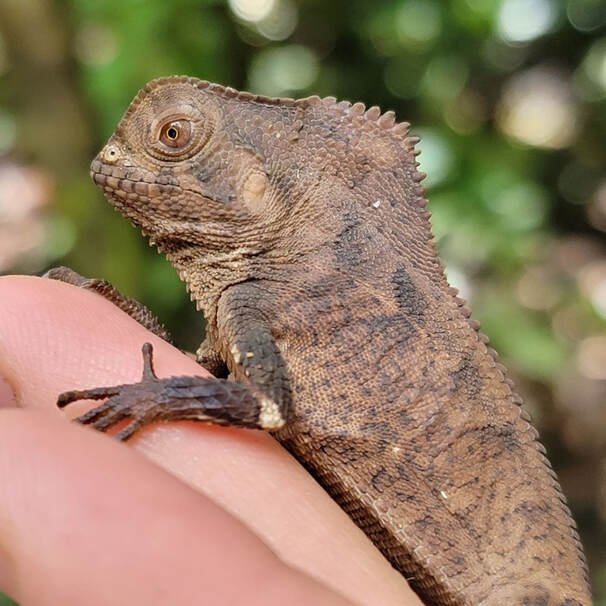
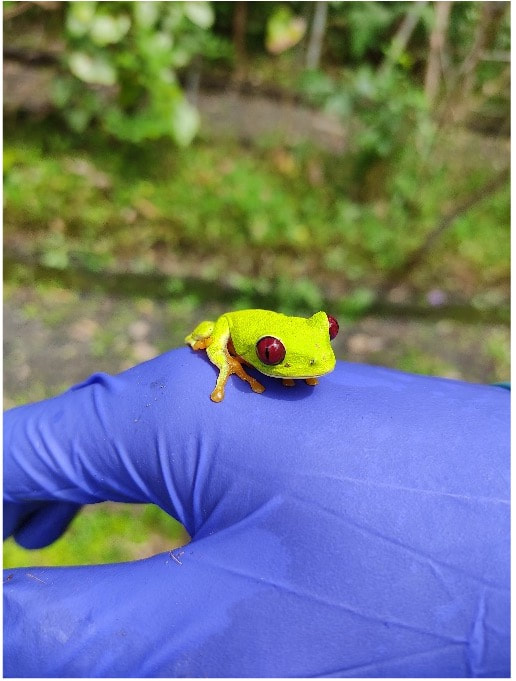
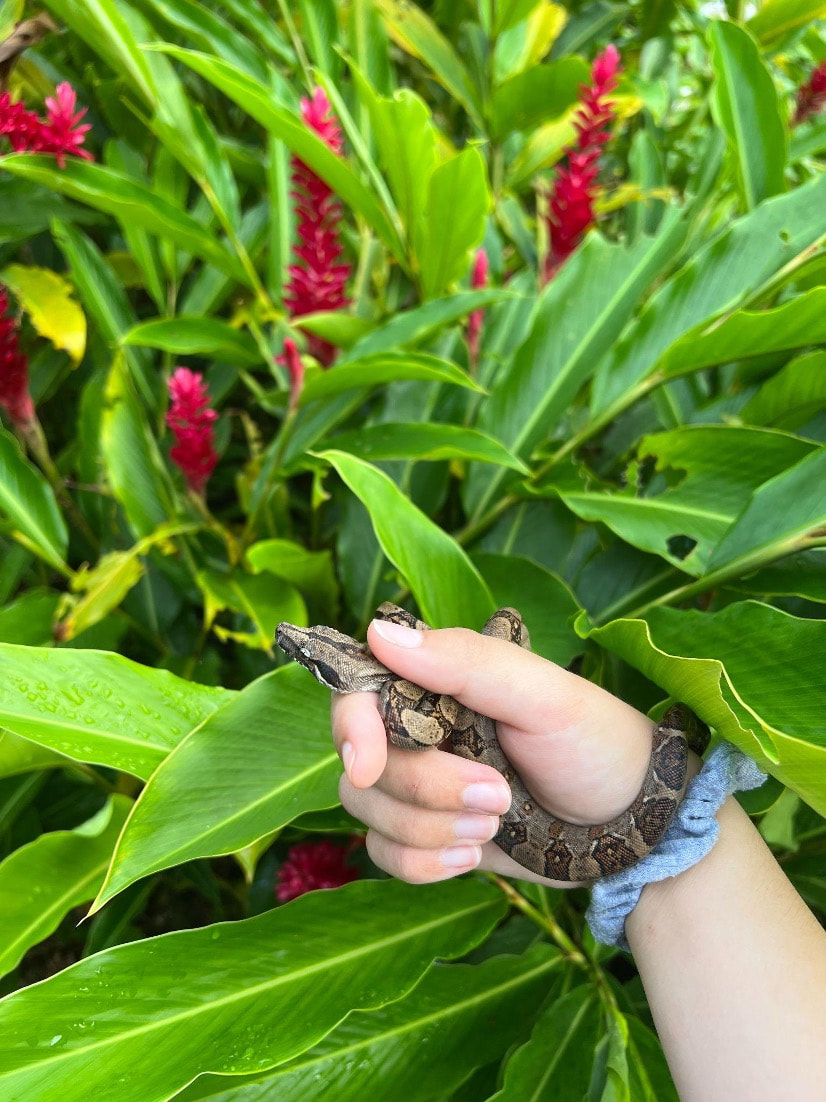
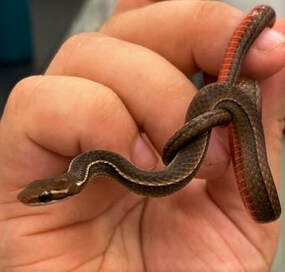
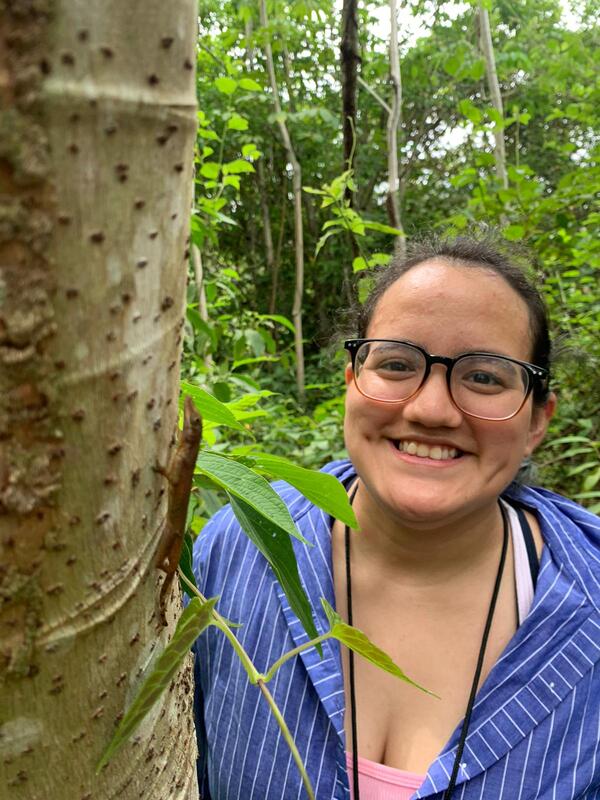
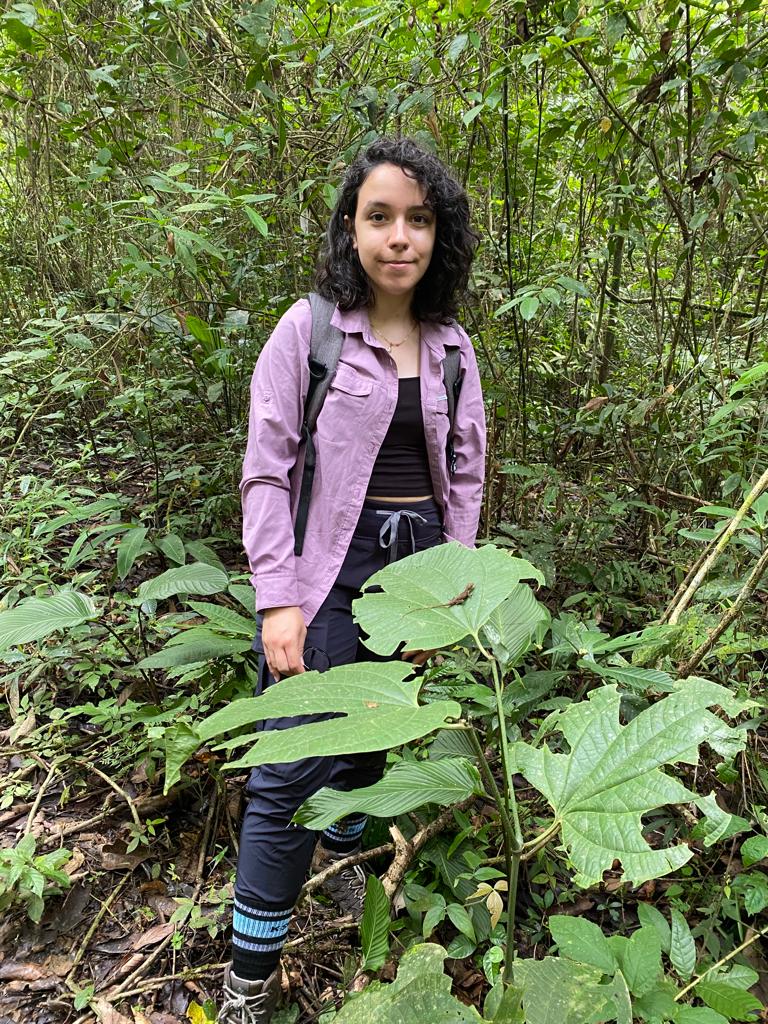
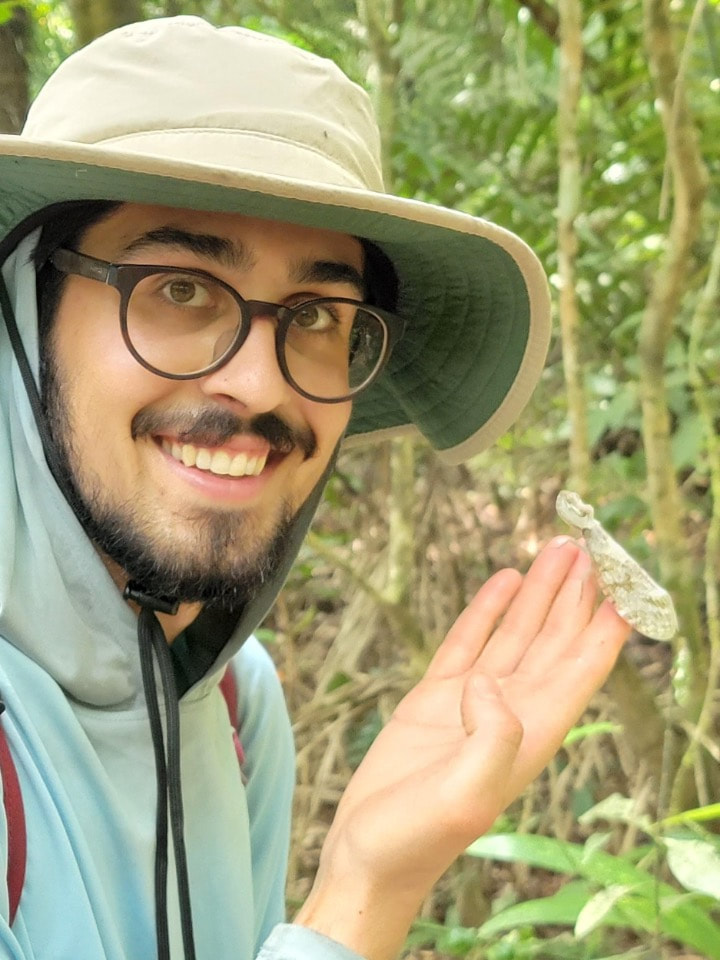
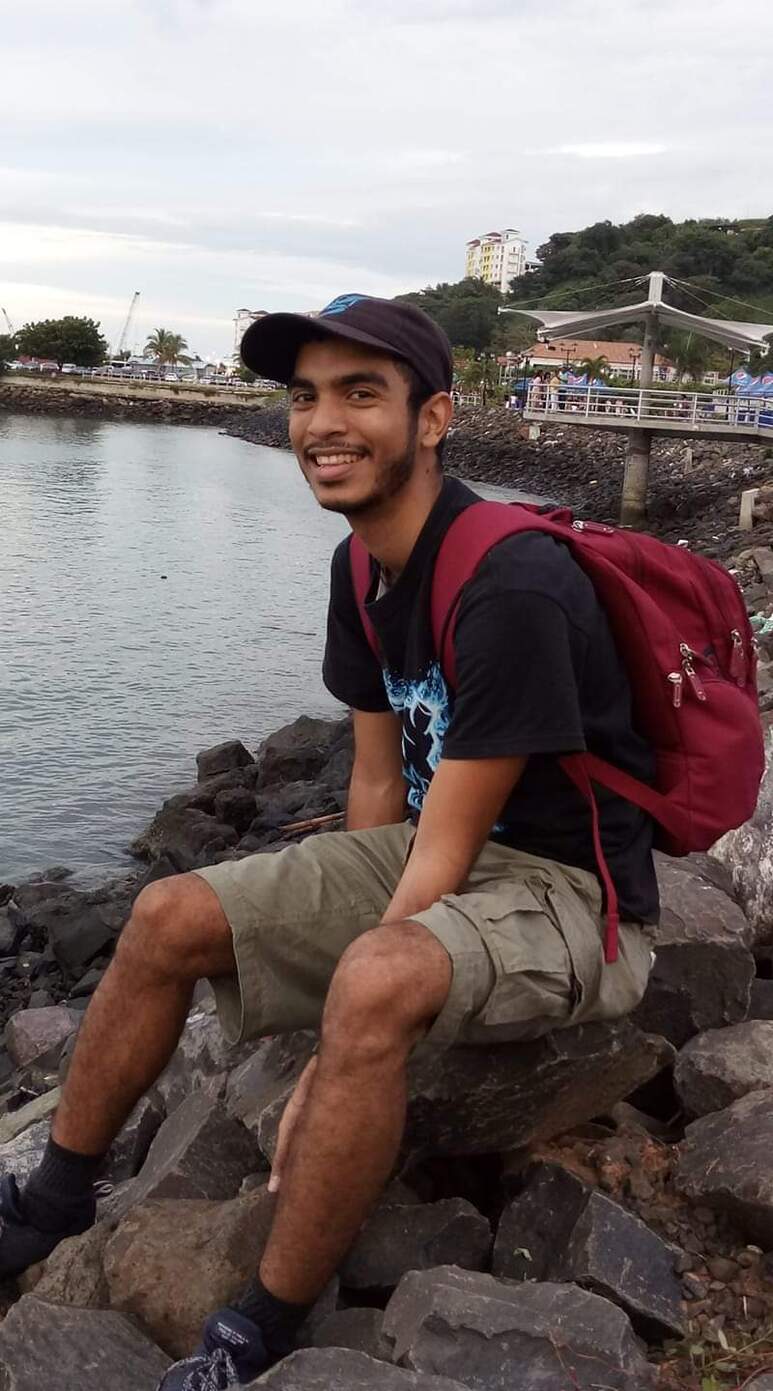
 RSS Feed
RSS Feed